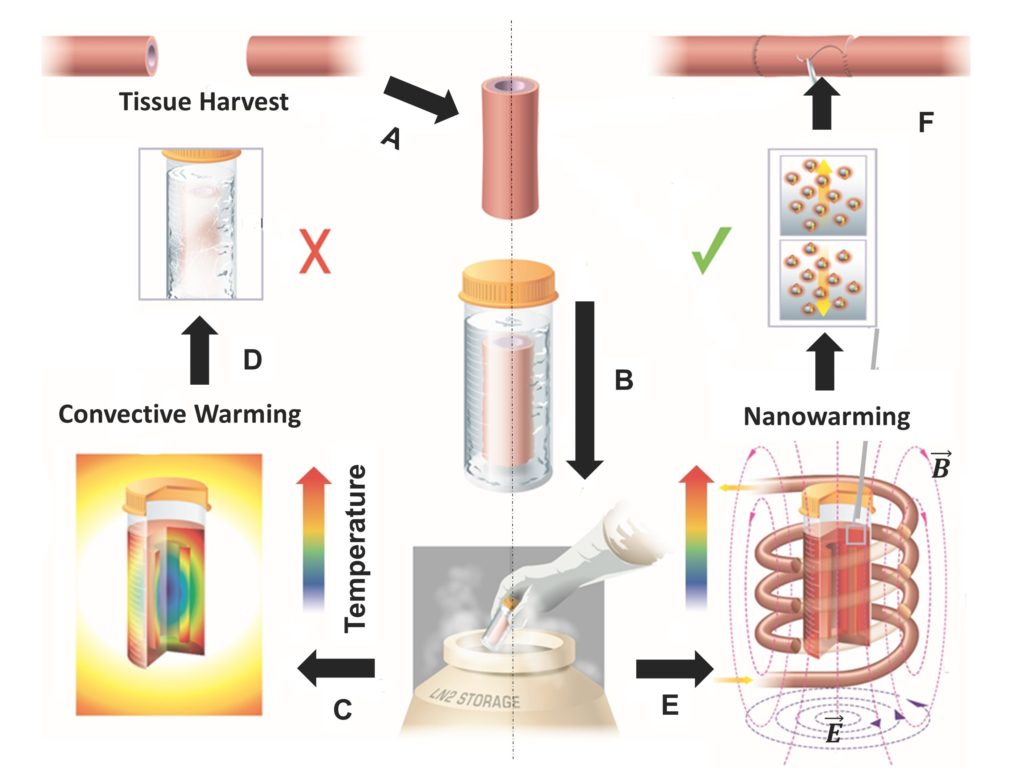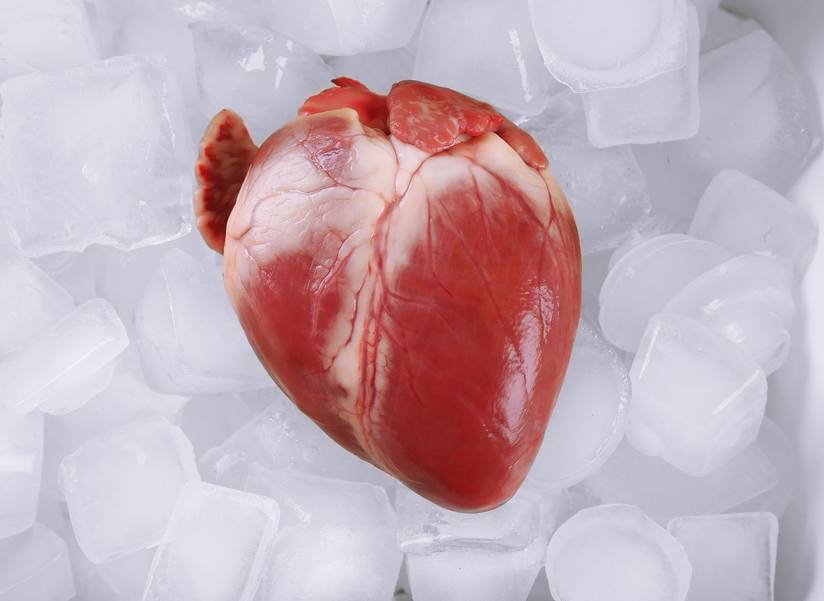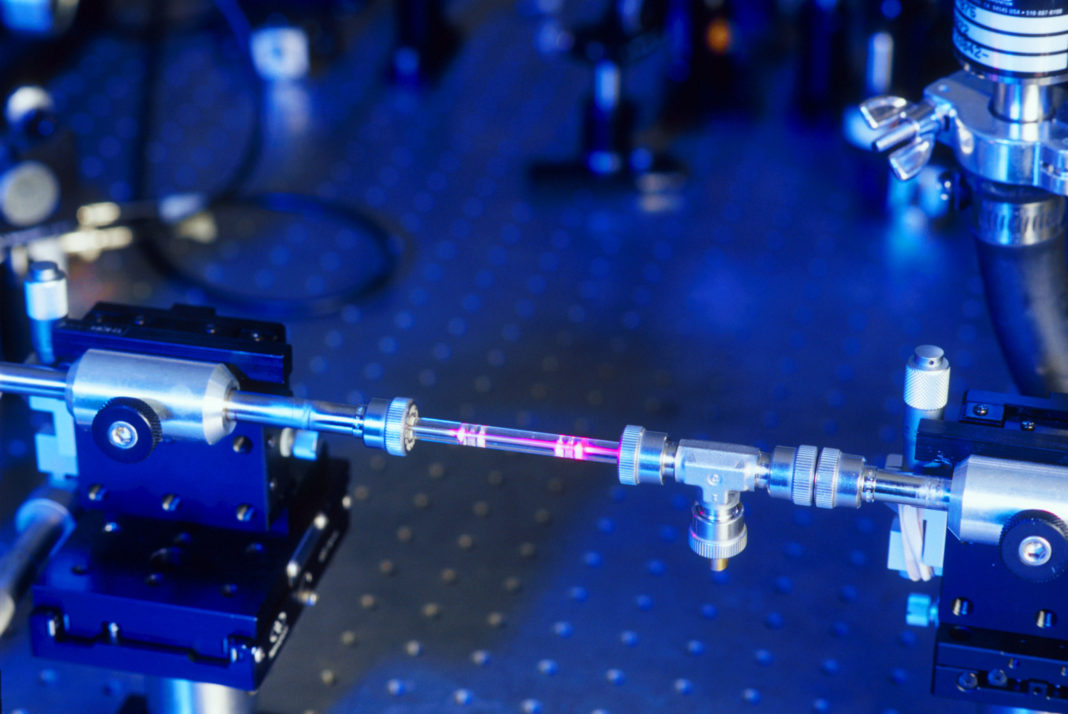Vitrification is one of the leading techniques used in cryopreservation and could well be the key to cutting down the number of patients waiting on organ transplant lists. This technique rapidly thaws cryopreserved human samples without causing any harm to the tissue and is a revolutionary breakthrough for the medical world.
The art of cryopreservation lies in its ability to preserve tissue for an extended period at liquid nitrogen temperatures and then reverse the effects and bring them back without causing any damage. Being able to perfect this process would allow hospitals to store organs for long periods of time and fewer donations would go to waste. Currently, around 22 people die daily due to a lack or suitable organs in their area. However, the problem isn’t a shortage of donations, but how long we can keep the organ ‘on ice’ without being damaged beyond repair. Every year more than sixty percent of heart and lung donations are discarded because they’re unable to be kept ‘fresh’ for more than a few hours, long enough to reach the patient who needs it.


As written in the Science Translational Medicine as part of the University of Minnesota’s research, the team explains, “If only half of these discarded organs were transplanted, then it has been estimated that wait lists for these organs could be extinguished within two to three years.” One way in which to get around this issue would be to use cryopreservation and store the donated organs and tissue at temperatures between -80 to -190 degrees Celsius.
Vitrification involves super-cooling at around -160 degrees Celsius and is already being used by companies such as Alcor in the cryonics of human brains. Through this process, donated organs could be stored long enough to be made use of and make it much easier to treat those in need. However, it seems it’s not the freezing part that’s the issue, but the thawing part instead. Previously, thawing tissue samples has been done by slowly warming it over ice, and while that works on smaller pieces of tissue, it just doesn’t work for larger pieces. So, that’s what the team in Minnesota has been working on, and they’ve now developed a technique that allows the rapid thawing of tissue samples without causing any damage to it.
John Bischof, a leader in the research, said, “This is the first time that anyone has been able to scale up to a larger biological system and demonstrate successful, fast, and uniform warming of hundreds of degrees Celsius per minute of preserved tissue without damaging the tissue.” The way in which they went about it is through the use of nanoparticles to heat the tissue evenly to prevent the formation of ice crystals. The team advised, “In the future, we believe that nanowarming can be applied to larger tissues and organs up to volumes of 1 liter and possibly beyond.”
More News To Read
- Blue Origin Assemble Long-Awaited BE-4 Rocket Engine
- Could Marijuana Be A Future Treatment for Alzheimer’s?
- Could a Magnetic Shield Be the Answer to Creating a Suitable Atmosphere on Mars?
- Scientists Observe the Most Detailed Black Hole Wind to Date
- The Hubble Shows How Asteroids and Comets are More Alike than We Realized











